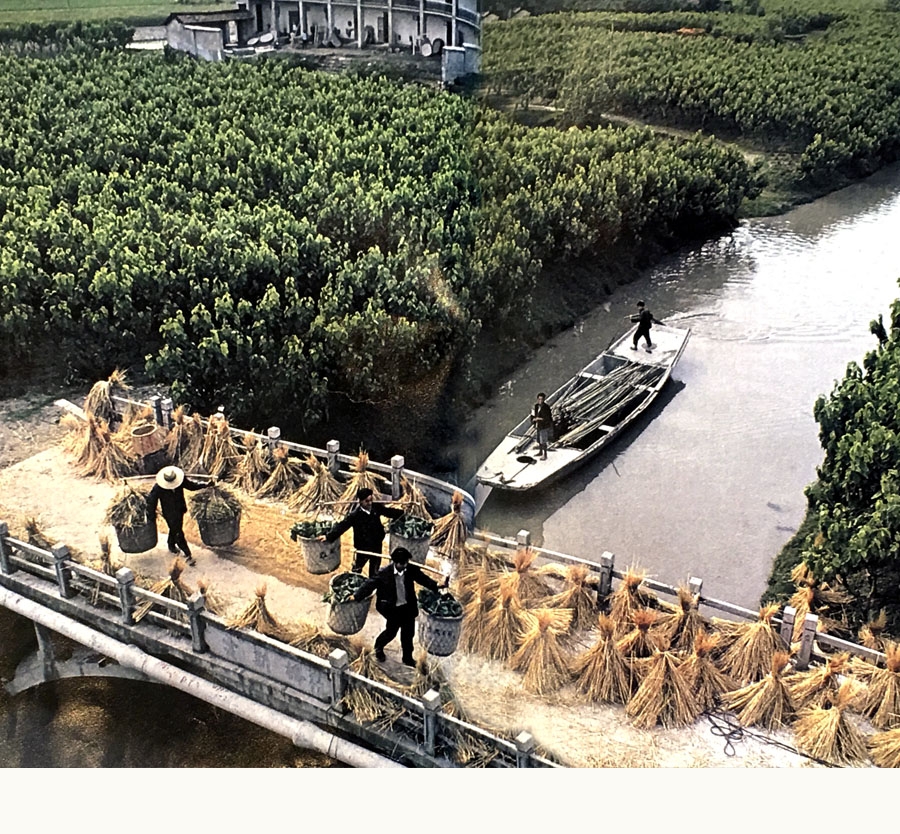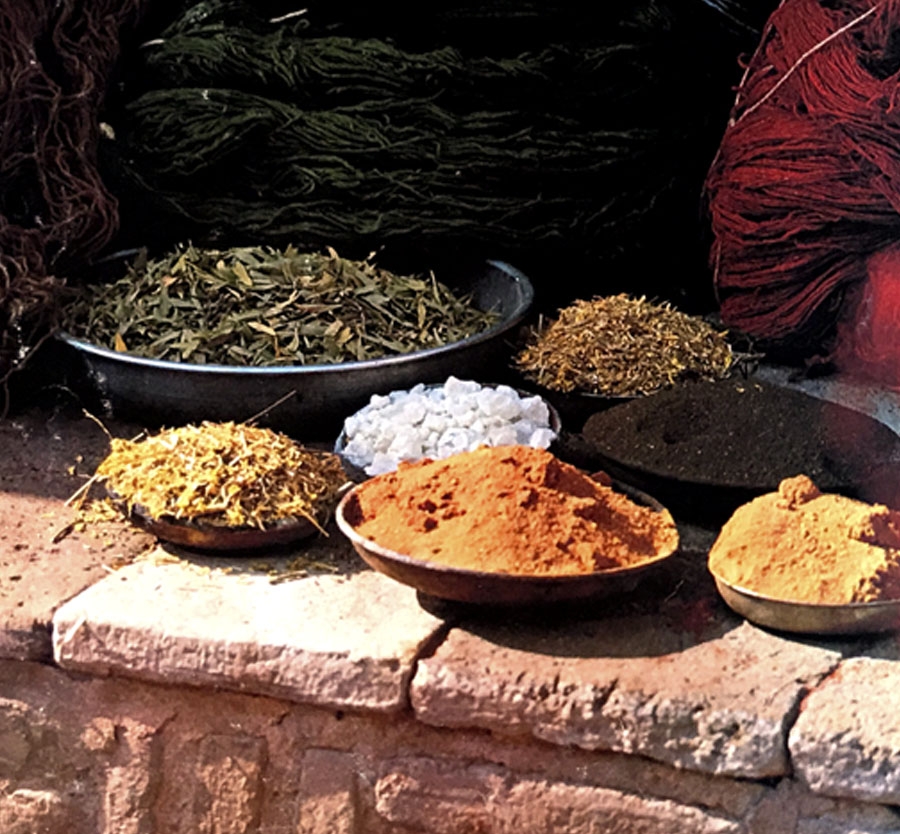To fully appreciate Oriental Rugs It helps to know how they are made
Rug History
It is truly astounding how much time and labor goes into the making of an Oriental rug.
A rug of merely good quality can often take a team of two weavers nine months or more to complete. A great Persian silk can take several years. Yet it is this that makes each Oriental rug a timeless investment, an inimitable work intended to be passed on from one generation to another, giving increased pleasure with every passing year. But, you may ask, why does it take so long to create a simple rug?
To begin with, every genuine Oriental rug (the only kind carried by Azhar’s), is made entirely by hand of all natural fibers on a traditional wooden loom. The raw material, whether wool or silk, goes through an elaborate process before it is ready for weaving.


Wool, for instance, must be washed, carded and spun into yarn. It is then dyed and wound into balls. The loom itself may be of the horizontal variety, customarily used by nomadic tribes, or a vertical “village” loom. In either case, the basic techniques of a rug-making are much the same.
The weavers first attach vertical threads (the warp) to the looms upper and lower beams. Horizontal threads (the weft) are interwoven with the warps to create a velvety texture pile. After each line is knotted horizontally, threads are woven between alternating warps across the rug. Each carpet’s intricate design is achieved through painstaking alternation color, knot by knot.
The miracle of Oriental carpets is this: each tiny strand of wool or silk is individually knotted to the carpet’s base! The finest rugs have as many as 2,500 knots per square inch, and reflect a rug-making tradition that hasn’t changed in two millenniums.
Two types of knots are in widespread use. The symmetrical Ghiordes or Turkish knot is used to make Bokharas. The asymmetrical Senneh knot, is used in Persian carpets.
You can count knots by marking one inch vertically and one inch horizontally. Multiply these two numbers and you will know the number of knots per square inch. As you can see, an extraordinary amount of hand labor goes into the labor of making an Oriental rug and it is this that accounts for much of the cost. But it is this labor that makes these rugs so valuable and durable.





Get in Touch, Gt More Information About Oriental Rugs
